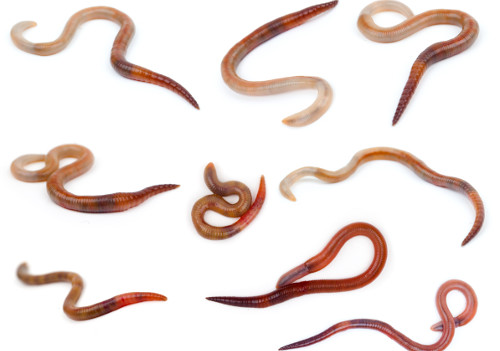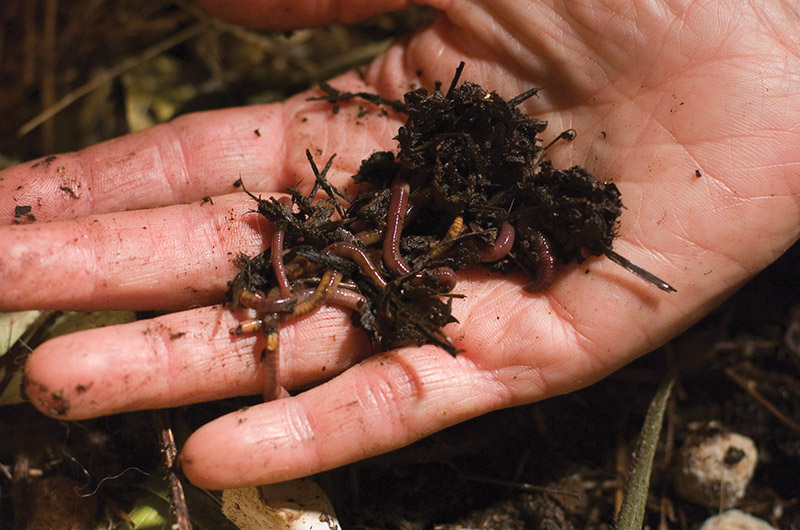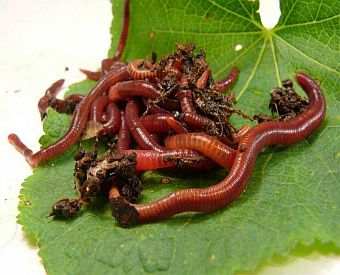Red Wiggler Worms - Boost Your Dirt Wellness Normally
Red Wiggler Worms - Boost Your Dirt Wellness Normally
Blog Article
Making The Most Of the Perks of Red Wiggler Worms: A Comprehensive Handbook for Home Gardeners and Urban Farmers
In the realm of sustainable gardening methods, red wiggler worms stand as unsung heroes, quietly transforming organic waste right into nutrient-rich spreadings that can function wonders for dirt health. As home gardeners and city farmers significantly look for ecologically pleasant and economical ways to boost their gardens, the possible benefits of taking advantage of the power of red wigglers can not be overstated. From lessening kitchen area waste to cultivating much healthier plants, the usage of these simple animals uses a huge selection of benefits. By exploring the details of just how to effectively look after and take full advantage of the benefits of red wiggler worms, individuals can unlock a riches of opportunities for improving the sustainability and productivity of their gardening endeavors.
Recognizing Red Wiggler Worms
Red Wiggler worms, renowned for their efficient composting capabilities, are a varieties of earthworms extensively made use of in vermiculture techniques. These worms, clinically recognized as Eisenia fetida, grow in decaying organic product, making them suitable candidates for composting.
One trick feature of Red Wiggler worms is their reproductive price. These hermaphroditic creatures possess both male and women reproductive body organs, enabling them to reproduce quickly under beneficial problems. A fully grown Red Wiggler can produce numerous offspring in a brief period, ensuring a consistent population within a composting system.

Establishing a Worm Container
When developing a worm container for vermiculture purposes, correct preparation and attention to information are crucial for producing a helpful atmosphere for Red Wiggler worms. Begin by choosing an appropriate container for your worm container.

Location the worm container in an amazing, dark location away from straight sunshine and extreme temperature levels. By adhering to these steps, you can establish up a prospering worm bin that will successfully refine natural waste right into nutrient-rich vermicompost for your garden.
Feeding and Maintaining Worms
Guaranteeing a well balanced and nourishing diet regimen is critical for the health and wellness and efficiency of Red Wiggler worms in a vermiculture system. Red Wigglers are ravenous eaters, capable of consuming their own body weight in raw material daily. To maintain a growing worm populace, it is important to supply them with a variety of food scraps such as vegetables and fruit peels, coffee premises, tea bags, and smashed eggshells. Nonetheless, it is necessary to stay clear of feeding them citrus fruits, onions, garlic, dairy products, meat, and oily foods as these can be unsafe to the worms or create undesirable odors in the container.
Correct dampness degrees are additionally vital for the read this article health of Red Wiggler worms. The bed linens ought to seem like a moist sponge, offering adequate wetness for the worms to take a breath with their skin. On a regular basis examine the wetness levels and readjust by including water or completely dry bed linen product as required. Additionally, preserving correct temperature level problems between 55-77 ° F(13-25 ° C )will guarantee ideal worm task and reproduction. By diligently monitoring their diet regimen, dampness, and environmental problems, home gardeners and metropolitan farmers can sustain a efficient and healthy Red Wiggler worm population for composting objectives.
Collecting Worm Castings
To successfully draw out nutrient-rich worm spreadings from the vermicompost, a methodical harvesting process is essential for maximizing the composting advantages. The very first step in collecting worm spreadings is check these guys out to motivate the worms to migrate to one side of the bin.
After the castings have been collected, it is necessary to divide any remaining worms from the spreadings to prevent hurting them during storage or application. One effective approach is to create cone-shaped heaps of spreadings under bright light. Worms will naturally relocate away from the light, enabling simple separation and removal.
Lastly, the gathered worm castings should be stored in a trendy, dark, and dry place to maintain their top quality and performance as a nutrient-rich dirt change. By following these actions, home gardeners and urban farmers can make the most of the benefits of red wiggler worms in their vermicomposting systems.
Utilizing Worm Castings in Gardening
The incorporation of nutrient-rich worm castings into garden dirt can significantly enhance plant development and general soil wellness. Worm castings, likewise called vermicast, are a natural fertilizer produced by red wiggler worms as they break down raw material. These spreadings are rich in essential nutrients like nitrogen, phosphorus, potassium, and beneficial microbes that advertise plant development and boost dirt structure.
When making use of worm castings in horticulture, it is vital to blend them extensively right into the soil or utilize them as a top clothing around plants. The slow-release nature of worm castings makes sure a steady supply of nutrients to plants in time, minimizing the threat of nutrient leaching and promoting long-term dirt fertility. Furthermore, worm castings assist enhance soil aeration, water retention, and microbial task, creating a healthy and balanced setting for plant origins to flourish.

Conclusion
In final thought, the usage of red wiggler worms in home horticulture and urban farming can considerably benefit dirt health and plant growth. By understanding how to establish up and preserve a worm container, feed the worms correctly, and harvest their nutrient-rich spreadings, garden enthusiasts can optimize the advantages of these earthworms.
In the world of sustainable horticulture methods, red wiggler worms stand as unrecognized heroes, quietly transforming natural waste right into nutrient-rich spreadings that can work marvels for soil health.When developing a worm container for vermiculture you could try these out purposes, correct preparation and interest to information are essential for producing a conducive environment for Red Wiggler worms. The very first step in gathering worm spreadings is to encourage the worms to migrate to one side of the bin. Worm castings, likewise known as vermicast, are a natural plant food produced by red wiggler worms as they break down natural issue. By understanding just how to establish up and preserve a worm bin, feed the worms appropriately, and gather their nutrient-rich castings, gardeners can optimize the benefits of these earthworms.
Report this page